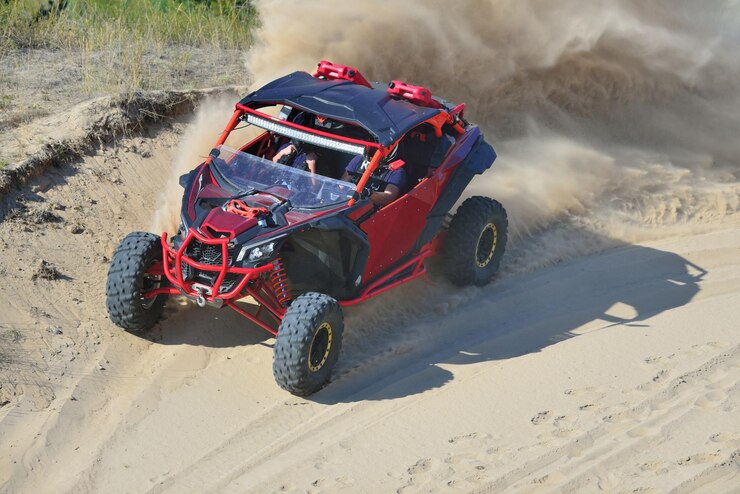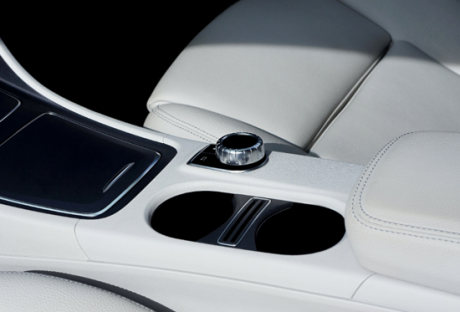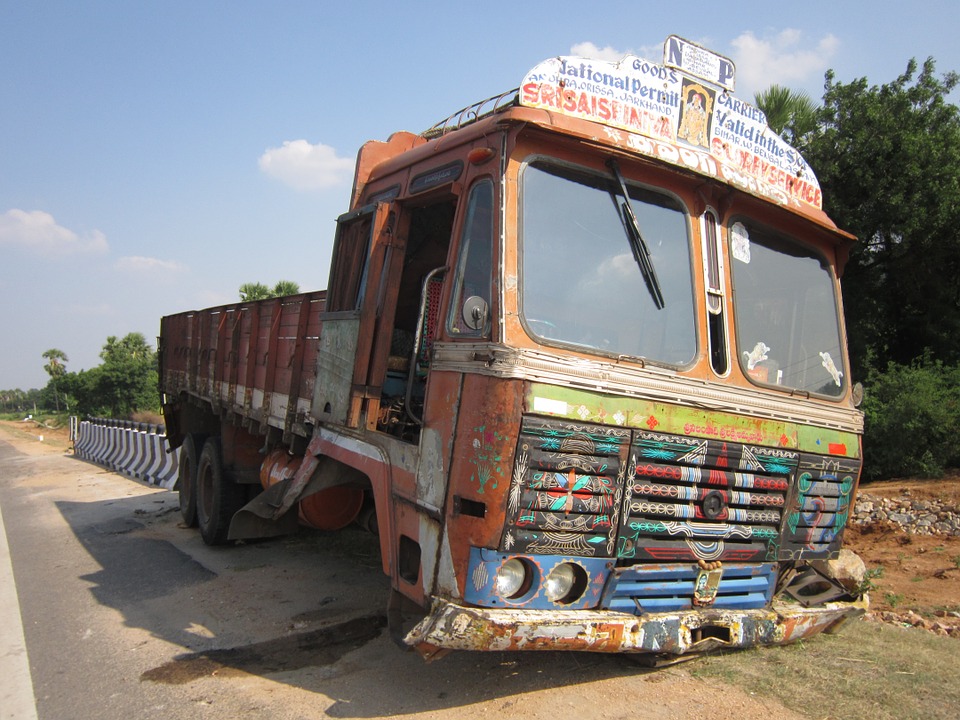Remote Control (RC) trucks have carved a niche in the world of off-road adventure enthusiasts. These miniature vehicles offer a gateway to thrilling experiences, combining technology and outdoor exploration. This article talks about the excitement and challenges of navigating various terrains with an RC truck.
Unveiling The Thrills Of RC Off-Roading

RC trucks have evolved far beyond simple toys. They’re now sophisticated machines built to tackle diverse landscapes. Enthusiasts find joy in mastering intricate maneuvers and conquering challenging terrains, mimicking the sensations of full-scale off-road driving.
The Range Of Truck Models
From rock crawlers to desert racers, the market boasts an array of truck types. Rock crawlers excel in climbing over rugged obstacles with precision, while desert trucks, designed for speed, zip through open expanses. Each model offers a distinct experience tailored to different off-road preferences.
Choosing The Right Terrain
Diverse terrains await RC off-roaders, each presenting unique challenges. Rocky landscapes demand careful wheel placement and steady throttle control. Sandy dunes necessitate powerful engines to handle resistance. Mud and water enthusiasts should opt for waterproof trucks with sealed electronics. Adapting to the terrain is vital.
Customization For Peak Performance
Enthusiasts can customize their RC trucks extensively. Upgrades such as high-grip tires, advanced suspension systems, and LED lighting enhance performance and aesthetics. This personalization allows enthusiasts to fine-tune their trucks for specific terrains and preferences.
Mastering Control And Technique
Precision control is essential. Gradual acceleration and deceleration prevent wheel spin on loose ground. Smooth steering and gradual throttle modulation prevent flipping on uneven surfaces. Practice refines technique, leading to smoother navigation and increased confidence.
Safety And Environmental Considerations
While chasing thrills, environmental responsibility is crucial. Off-roaders must respect local regulations and avoid protected areas. Choosing designated areas or RC tracks prevents ecological damage and conflicts with other outdoor enthusiasts.
The Role Of Technology
Advanced technology plays a vital role in modern RC trucks. High-torque servos enhance steering control. Brushless motors offer power efficiency. 2.4GHz radio systems reduce interference, ensuring reliable communication between the transmitter and the truck. These innovations optimize the off-roading experience.
Community And Camaraderie
RC off-roading fosters a strong community of enthusiasts. Clubs and online forums provide spaces to share experiences, tips, and tricks. Social gatherings and competitions offer a chance to showcase skills and learn from others.
Challenges And Triumphs
Off-road adventures aren’t without challenges. Navigating challenging terrain demands patience and skill. Overcoming obstacles, be it a steep incline or a deep puddle, brings a sense of accomplishment. Every triumph adds to the allure of RC off-roading.
The Learning Curve
Novices may initially find RC off-roading daunting. Learning the intricacies of throttle control, steering finesse, and terrain adaptation takes time. Embracing the learning curve leads to a rewarding and addictive hobby.
Beyond The Hobby
RC off-roading extends beyond personal enjoyment. Some enthusiasts engage in charity events, using their trucks to raise funds and awareness. This demonstrates the positive impact of the hobby on both individuals and communities.
A Gateway To Exploration
RC trucks introduce enthusiasts to outdoor exploration on a smaller scale. They instill a sense of adventure, promoting appreciation for nature and diverse landscapes. The hobby can serve as a stepping stone to full-scale off-roading and outdoor activities.
An RC truck is a captivating blend of technology, skill, and outdoor adventure. Navigating diverse terrains challenges enthusiasts while fostering camaraderie within the community. With customization, technique refinement, and a responsible approach, the world of RC off-roading becomes a gateway to exhilarating exploration.
Read Also:






















